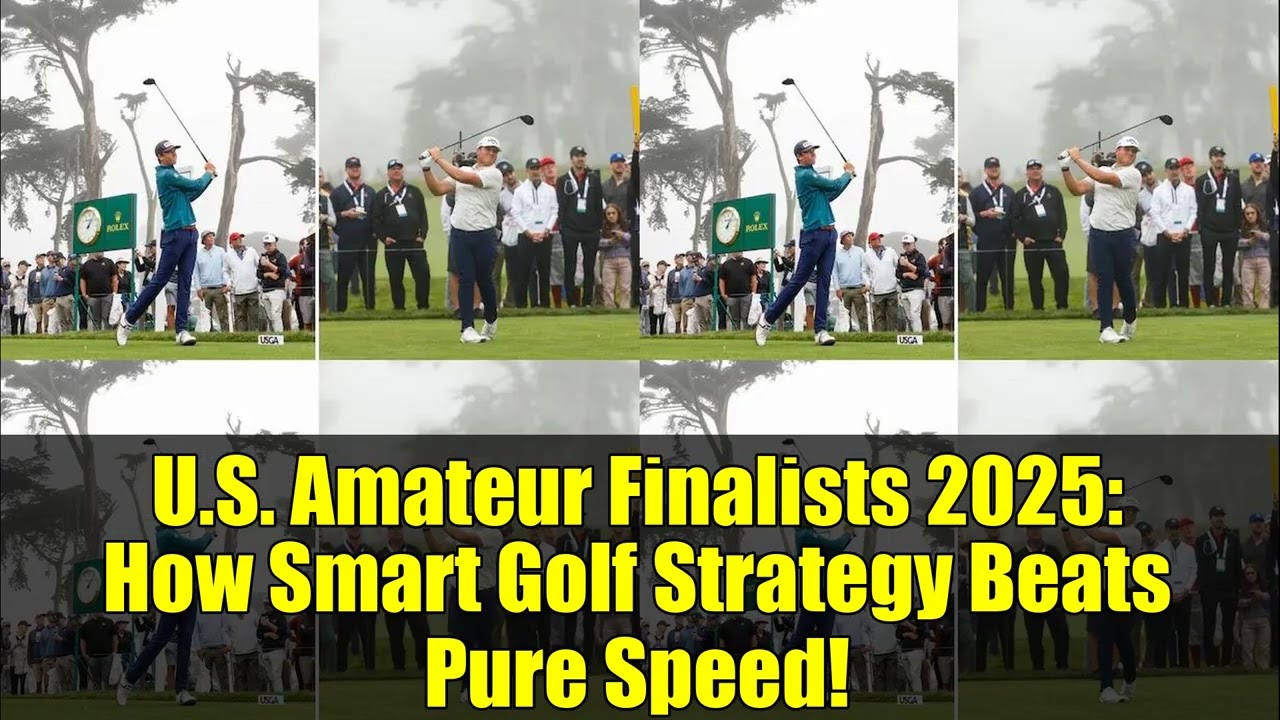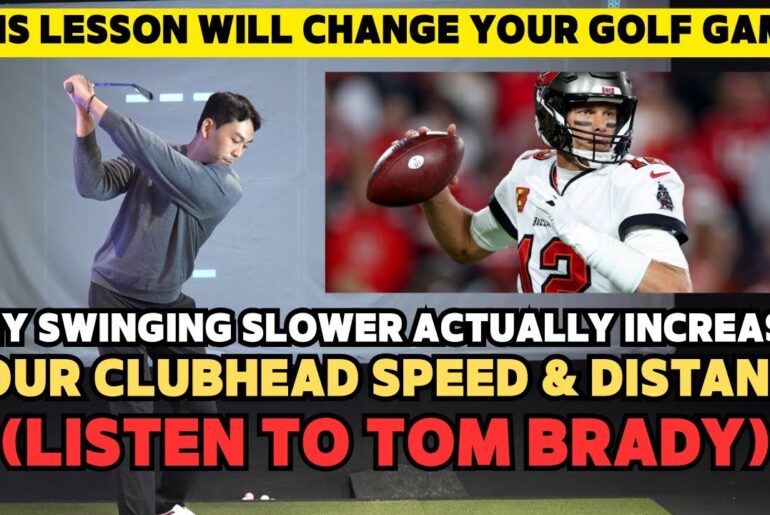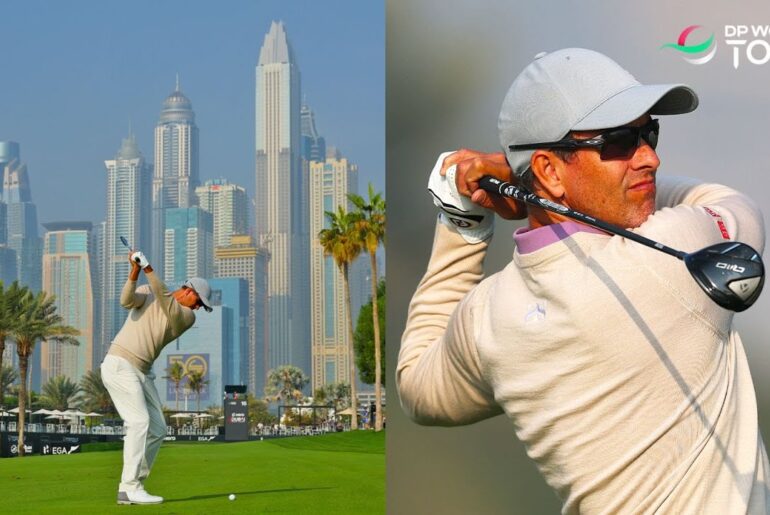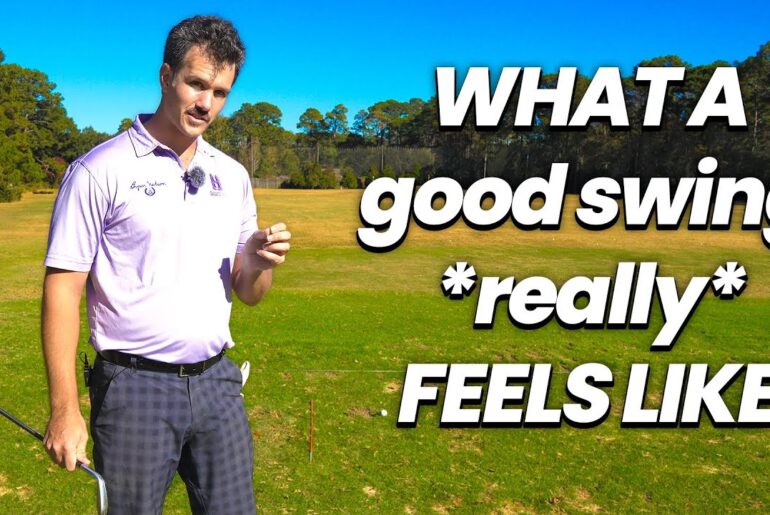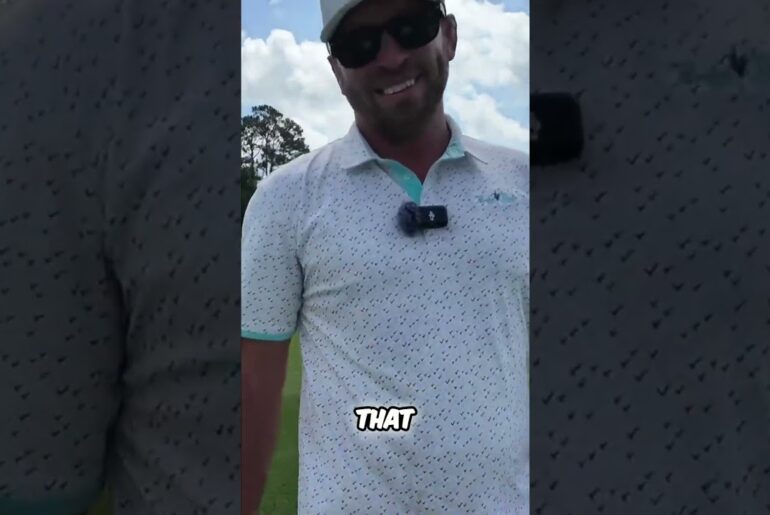The 2025 U.S. Amateur Championship features two powerhouses, Mason Howell and Jackson Herrington, but their success isn’t just about speed. Discover how smart play, fairway-finding, and mental toughness define their game.
Key takeaways:
– How Howell’s conservative tee shots and match-play adjustments led to his deep run.
– Herrington’s mental strategies and putting improvements that fueled his semifinal win.
– The role of coaches in refining their games for high-pressure tournaments.
– Why modern golf champions balance power with precision.
Whether you’re a fan of amateur golf or looking to improve your own game, this breakdown of the U.S. Amateur finalists’ strategies is a must-watch. Don’t miss the showdown at The Olympic Club!
Keywords: U.S. Amateur Golf 2025, Mason Howell, Jackson Herrington, golf match play strategies, amateur golf techniques, speed vs skill in golf, fairway-finding tips, mental game in golf.
When it comes to golf, size and speed often steal the spotlight, but the US amateur finalists are rewriting the playbook. Meet Mason Howell, the 6’4″, 18-year-old with a whip-like swing, and Jackson Harrington, the farm-raised powerhouse from Tennessee. On paper, they couldn’t be more different. But when the ball is in play, both have proven that raw power alone isn’t the secret sauce. Instead, it’s their ability to blend strategy, consistency, and mental grit that’s propelling them to the 36-hole championship showdown at the Olympic Club’s Lake Course. And this is the part most people miss. The real battle isn’t in the distance they hit the ball, but in the decisions they make when the pressure is on. But here’s where it gets controversial. In an era where golfers are chasing 185 mph ball speeds like it’s a science experiment, these two are defying the trend. Howell, a Georgia native, learned this the hard way at the US Open, where his lack of fairway accuracy cost him a chance to compete at Oakmont. Now he’s embracing a new mantra. Find the fairway, then play it safe. I’ve been working on a fairway finder shot, he explained after his semi-final win. Something I can trust, especially when the rough is thick. It’s a lesson from watching the pros paired with a matchplay strategy that prioritizes survival over spectacle. Meanwhile, Arrington, the 19-year-old with club head speeds over 130 mph, is rewriting his own story. While his power is undeniable, his recent rise has been fueled by a mental game overhaul. His coach’s advice, don’t let your mind get to the hole before the ball, has helped him shut off distractions and trust his instincts. It’s a strategy that paid off in the semifinals where he clinched victory with a clutch birdie on 18. “I’m here to have fun,” Harrington said. “But the ultimate goal is to win.” And with experience in a USGA final under his belt from last year’s fourball event, he’s not just chasing dreams, he’s preparing to outthink the competition. What’s fascinating is how both players credit their growth to mentors who didn’t force them into a mold. Howell’s instructor, Bill Connelly, never tried to perfect his swing. Golf isn’t about perfection, Howell said. It’s about consistency. Harington too leans on his mental coach to stay present, a skill that’s freed him to play with more confidence. So, who will prevail on Sunday? The answer might lie in how well they’ve internalize these lessons. After all, even this generation knows it’s not all about speed, but here’s a question for you. Is raw power overrated in modern golf, or is it the perfect compliment to smart strategy? Share your thoughts in the comments. Do you think the future of the sport belongs to the powerhouses or the tacticians?

